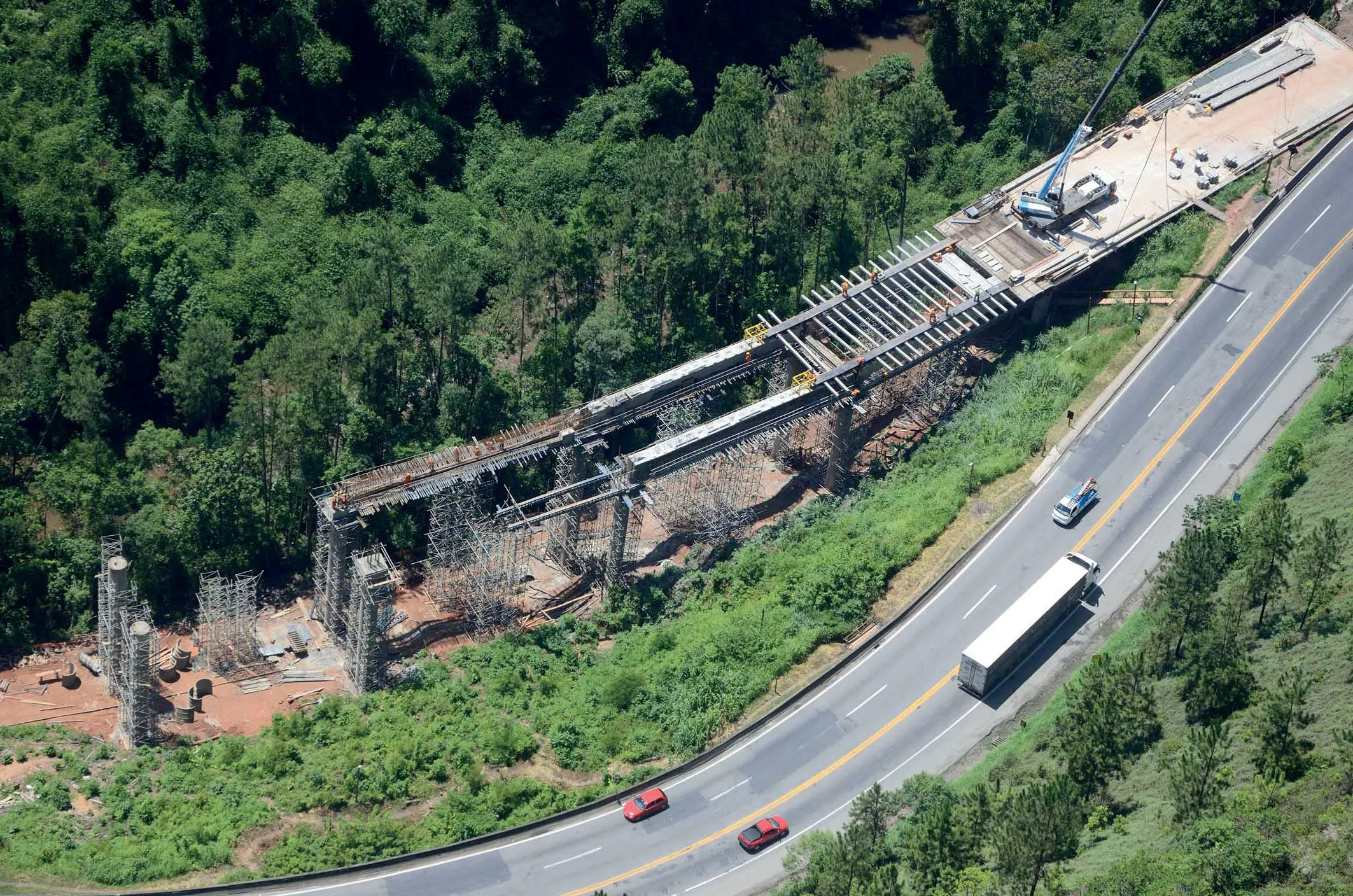Israel’s National Infrastructure Committee (INRC) has now issued its final approval for upgrades to Road No 1.
March 19, 2012
Read time: 2 mins
Israel’s National Infrastructure Committee (INRC) has now issued its final approval for upgrades to Road No 1. The improvements will be carried out to the section of Road No 1 between Sha'ar Hagay interchange and Jerusalem and work will begin in the middle of 2012 and will continue for the next four years. The project is one of the largest infrastructure developments in Israel in recent years and will be carried out by the INRC. The work will cost US$671 million (2.5 billion NIS) and includes major earthworks, including raising the road by 6m around Sha'ar Hagay and building a raised interchange at Abu Gosh. A new tunnel will replace the steep gradients over the mountain of Castel while a new interchange will be built at Neve Ilan. At Motza, close to Jerusalem, a bridge will be constructed that will reduce the present sharp curve and will help improve safety. The road out of Jerusalem to Sha'ar Hagay will be widened to three lanes in either direction, increasing capacity and reducing congestion at peak periods. Several of the sharpest curves in the current road will feature a revised alignment, boosting safety. Several gradients will also be reduced, also helping to reduce the risk of accidents as well as helping to cut fuel consumption. Amongst the environmental aspects to the project will be a new bridge to enable animal crossings. Once the work is complete the journey time to Jerusalem will be reduced, particularly at peak periods when it can become congested at present.









